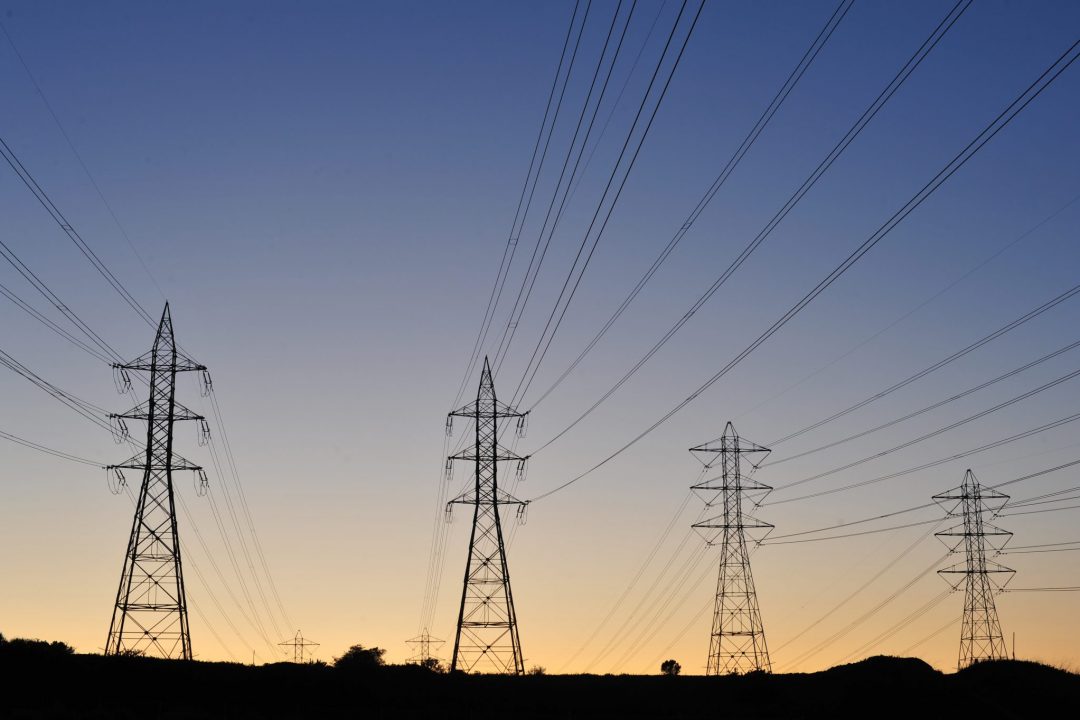
The Public Interest Advocacy Centre, Total Environment Centre and The Australia Institute welcome the Australian Energy Market Commission’s (the Commission) announcement that it will introduce wholesale demand response earlier than planned, but say more work is urgently needed to get the best outcome for households.
The Commission has today announced it will postpone a final rule on wholesale demand response until June 2020, in order to make a rule that can be implemented in 2021, and that aligns with the Energy Security Board’s (ESB) high-level design of a two-sided energy market.
‘As summer peak demand grows and aging coal plants such as Liddell close, demand response will be critical for keeping the lights on. Introducing it in 2021 shows the Commission is serious about keeping down energy prices and preventing blackouts in coming summers’, said Craig Memery, head of energy policy, the Public Interest Advocacy Centre.
The groups consider the Commission’s decision to align the determination with the high-level design of a two-sided energy market may produce a better whole-of-system outcome, but the extended process has risks.
‘A two-sided energy market is a worthy aspiration and demand response has an important role in its development’, said Mr Memery. ‘Aligning the mechanism with designs for the two-sided market should help in the long term.’
However, the groups are disappointed the Commission has not committed to allowing households to participate with a demand response provider of their choosing, and are concerned about potential delays to resolving this issue.
‘Australia’s electricity market needs comprehensive regulatory reform like demand response to deliver reliable, affordable and renewable energy,’ said Dan Cass, Energy Policy & Regulatory Lead of the Australia Institute. ‘This is a popular reform. Polling commissioned by The Australia institute in September 2017 found that two thirds of Australians would prefer to see peak demand managed through demand response rather than building new generators and higher capacity networks.’
The groups call on the Commission and the ESB to make sure households can do demand response with the provider they choose by June 2022, to maintain the principles of third-party access and increased consumer choice set out in the original draft determination.
‘Household demand drives high energy prices and households are eager to participate in demand response’, said Mark Byrne, Total Environment Centre. ‘Indefinitely excluding them from the mechanism reduces its effectiveness and is unfair for those who want to be paid to lower their energy use.’
Mr Byrne said, ‘Demand response has been on the reform agenda for 17 years and households shouldn’t have to wait another five years for access to it, which is a risk if it gets mired in other reform processes.’
Mr Cass said, ‘The world is going through an energy transition. The AEMC is trying to fit in to a rapidly shifting policy agenda and we hope this extension to the rule process ratchets up the reform outcome and does not water it down.’
The groups stress benefits should be considered alongside any costs.
Mr Memery said, ‘The Commission highlights the one-off upfront costs of implementing demand response may be between $40 and $95 million. A functioning wholesale demand response mechanism could save the market more than this amount in a single year.’
The groups look forward to working with the Commission and the ESB on a demand response solution that supports a two-sided energy market, allows innovative energy businesses to provide demand response for households, and comes at maximum benefit to the community.
MEDIA CONTACTS: Media enquiries: Anna Livsey 0478 739 280 (Public Interest Advocacy Centre); Noah Schultz-Byard 0412 321 623 (The Australia Institute); Mark Byrne 0403 070 442 (Total Environment Centre)